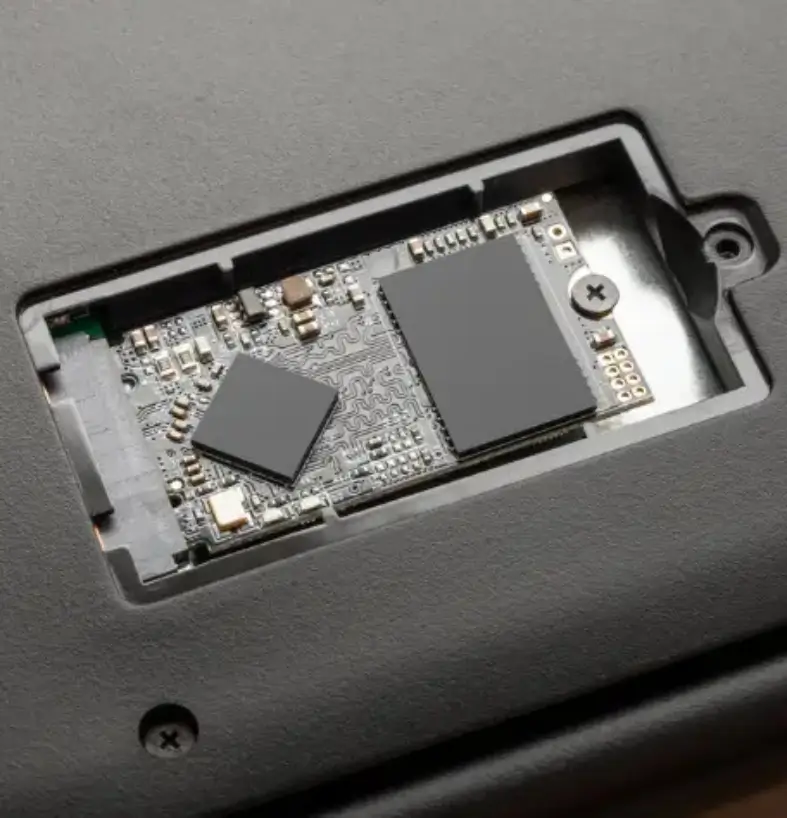
Expert SSD Data Recovery Services in Kochi
Solid-state drives (SSDs) offer blazing speed and reliability—but when they fail, recovering data is far more complex than with traditional hard drives. At PCPrompt, we specialize in SSD data recovery using advanced tools and techniques that address the unique challenges of NAND flash memory, TRIM commands, and wear-leveling algorithms.
SSD Not Detected
Is your SSD not showing up on your PC or laptop? Our experts recover data from undetected SSDs quickly, ensuring your valuable files are safely restored.
Corrupted SSD
Experiencing corrupted files or unreadable SSD data? We use advanced tools to recover documents, photos, and videos from damaged or failing solid-state drives efficiently.
Deleted Files from SSD
Lost important files from your SSD due to accidental deletion or virus attack? Our SSD data recovery team restores your data safely and efficiently.

